Pixel Hunter
TPF Noob!
- Joined
- Mar 14, 2018
- Messages
- 6
- Reaction score
- 0
- Can others edit my Photos
- Photos OK to edit
Hello. My first post, and I figure I'd just dive right in!
Nutshell version: I'm a wannabe amateur/enthusiast photographer who, with my wife, probably spent way too much money on equipment, and now barely uses it at all! Well, as the IT Manager for my company, I want to utilize the employee photo features in email, Windows, and other software. Plus make them available for HR to use in marketing material, business cards, etc.
But I don't want the photos/head-shots to suck. You know, the typical snap you see with unhappy employee mugshots that have stark shadows, blurry bits, and are just really, really boring.
So I'm looking for instruction on how to utilize what I have to take decent photos of everyone. How and where to pose a person. What lens and setting to use. What kind of lighting to use. Etc. Keep in mind, most of the time these photos will be not much more than thumbnails. I don't expect any poster-sized portraits on display in the company lobby!
I have a Nikon D5100 with the following lenses: Nikkor 12-24mm F/4G, Nikkor 50mm F/1.8G, Tamron 24-70mm F/2.8, Tamron 70-200mm F/2.8, and a Sigma 105mm F2.8 Macro. As far as lighting, I only have the built in flash with a Gary Fong Puffer diffuser. Oh, and I have a decent tripod.
I'm willing to pick up additional equipment such as better lighting if it is inexpensive, as I'll probably expense it for this company project.
Thanks in advance.
Nutshell version: I'm a wannabe amateur/enthusiast photographer who, with my wife, probably spent way too much money on equipment, and now barely uses it at all! Well, as the IT Manager for my company, I want to utilize the employee photo features in email, Windows, and other software. Plus make them available for HR to use in marketing material, business cards, etc.
But I don't want the photos/head-shots to suck. You know, the typical snap you see with unhappy employee mugshots that have stark shadows, blurry bits, and are just really, really boring.
So I'm looking for instruction on how to utilize what I have to take decent photos of everyone. How and where to pose a person. What lens and setting to use. What kind of lighting to use. Etc. Keep in mind, most of the time these photos will be not much more than thumbnails. I don't expect any poster-sized portraits on display in the company lobby!
I have a Nikon D5100 with the following lenses: Nikkor 12-24mm F/4G, Nikkor 50mm F/1.8G, Tamron 24-70mm F/2.8, Tamron 70-200mm F/2.8, and a Sigma 105mm F2.8 Macro. As far as lighting, I only have the built in flash with a Gary Fong Puffer diffuser. Oh, and I have a decent tripod.
I'm willing to pick up additional equipment such as better lighting if it is inexpensive, as I'll probably expense it for this company project.
Thanks in advance.


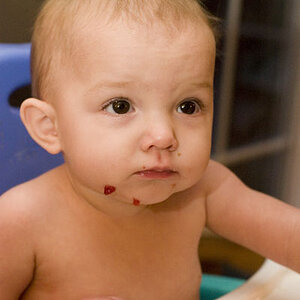
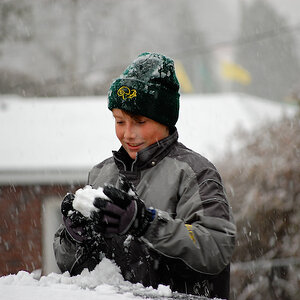
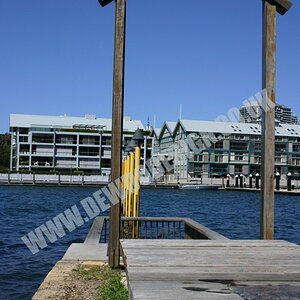

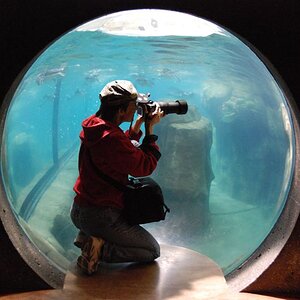
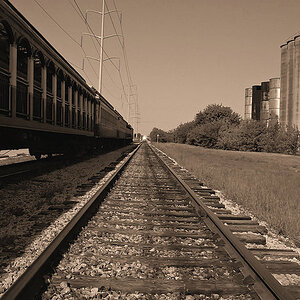
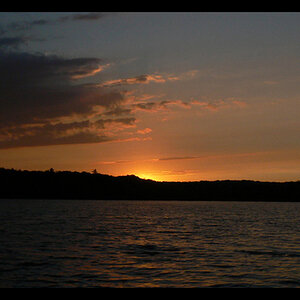
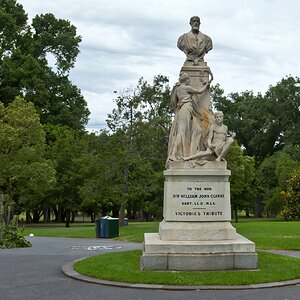
![[No title]](/data/xfmg/thumbnail/32/32808-9d1f657a1903d3bdbd67ea830397d62c.jpg?1619735668)
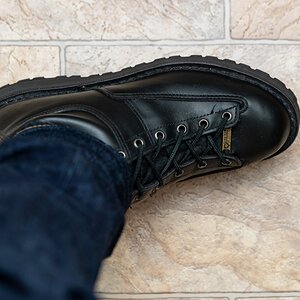
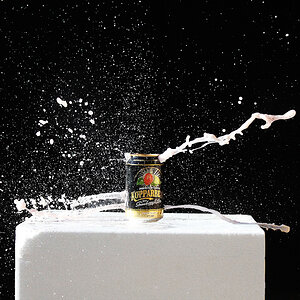
![[No title]](/data/xfmg/thumbnail/32/32810-094482c1ef1c76eae62a96107013a72e.jpg?1619735669)